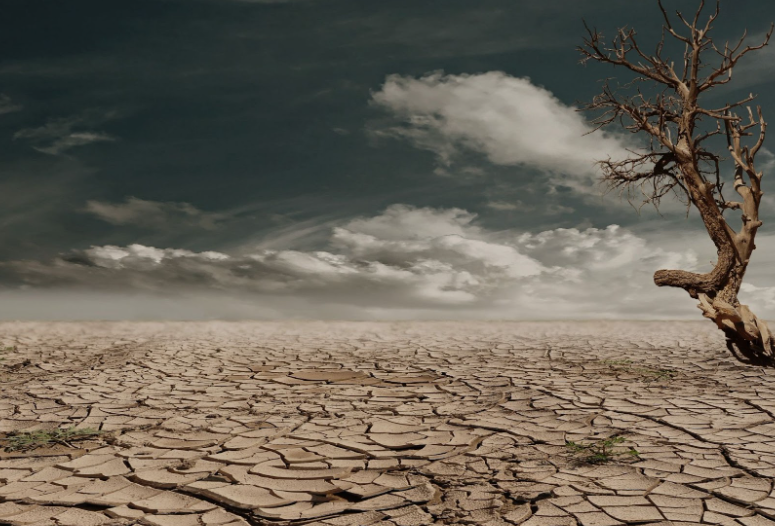Author: Marilyn Bruno, Newsletter Reporter

Most people are focusing on the serious impacts of extreme climate events such as wildfires, hurricanes, flooding and other disasters and the relentless rise in sea levels, which are already affecting fisheries, displacing coastal populations and undermining water and wastewater infrastructure. This article focuses on the impact of a temperature increase of even 1 degree on the health of plants, animals and humans and the safety of our food and water, and how this change in climate will affect our cost of living in the foreseeable future.
Higher temperatures accelerate desertification (permanent droughts) and crop failure. As the cost of crop irrigation increases, food prices increase. Snowfall and precipitation in the mountains have declined in the Western U.S., reducing available water downstream. We are experiencing lifestyle restrictions on water use for landscape irrigation, waste disposal, and even drinking.
But the problem doesn’t end there. The increase in temperature is a direct upstream driver of future pandemic outbreaks. All bacteria and fungi grow faster in warm conditions on surfaces, including the surface of water itself. Exposed reservoirs evaporate more rapidly and are increasingly prone to water-borne bacterial contaminations in storage and delivery systems. This increases the need for infectious disease surveillance, development of a rapid response system, and on-going requirements for deep sanitation and disinfection in all public places, schools, hospitals and homes to prevent the spread of known and new infectious diseases.
Farmers must increase the use of refrigeration and spray produce with antimicrobials (often toxic) to store, transport and deliver fresh foods to the marketplace. This increases the costs of food, but does not entirely protect against food-borne diseases such as Listeria and Salmonella. The FDA and U.S. Department of Agriculture’s Food Safety and Inspection Service together reported over 500 recalls in 2021. For example, Tyson Foods Inc. recalled 8,492,832 pounds of ready-to-eat chicken products for possible Listeria contamination. Global trade in food is increasing these threats. Monitoring food and water safety is an additional burden on taxpayers, which translates to higher prices at the cash register.
Deforestation and man-made changes in land use to feed and house the growing human population is shrinking ecological systems supporting wildlife and increasing their susceptibility to viral and bacterial infection. Wild animals “shed” pathogens into their environments, which “spill over” to other animal species – including humans — through contact with their blood (transmitted by mosquitoes, fleas, ticks and other insects), saliva, and feces in the water and soils. These “zoonotic” diseases transmitted from animals to humans have directly caused the major pandemics of the last 50 years: HIV, bird flu, swine flu, and COVID, as well as increased levels of dengue fever, malaria and Lyme disease for which we humans and most domesticated animals have no natural immunities.
I spoke at the UN High Level Meetings on Antimicrobial Resistance (AMR) in 2016 and called for a “One Health” approach to combat infectious diseases, drawing on the United Nations’ efforts to coordinate the activities of its health agencies (World Health Organization, Food and Agriculture Organization, Animal Health Organization and Environmental Programme). Today, every UN member endorses the “One Health” approach and an increasing number of international efforts are under way to address the threats to our survival caused by the intersection between rising land temperatures and environmental, animal and human health.
Possibly most importantly, our societies need to accept that climate change is impacting the health of our planet, which impacts the cost of living of every citizen to manage food, water, surface and personal health and safety as temperatures rise.
